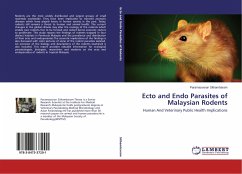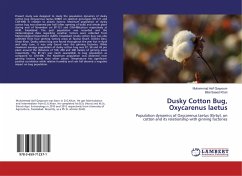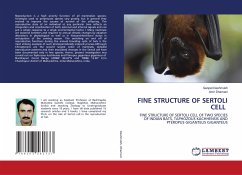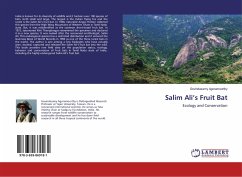Both molecular and morphological analysis showed no congruency when the genetic analysis were not able to separate the specimens accordingly to their geographical population. However, it was efficiently distinguished and observable from the canonical variate scatter plot that each individual were grouped accordingly to their population. It was suggested that the incongruence could have been resulted from the different forces affecting the parameters used in current study. Morphological characters are known to be more sensitive towards its environment compared to their genetic properties. Different evolutionary path and evolutionary clock calibration could also be the standing factor in explaining the conflicting results of both approaches. Additional of samples towards the north of Peninsular Malaysia and downward to the southern of Borneo could provide a better insight on such phenomenon observed from current population study of P. lucasi. Availability of specimens from each point connecting the possible gene flow bridge between locations around Borneo could be the answer to the current state of knowledge of P. lucasi.








